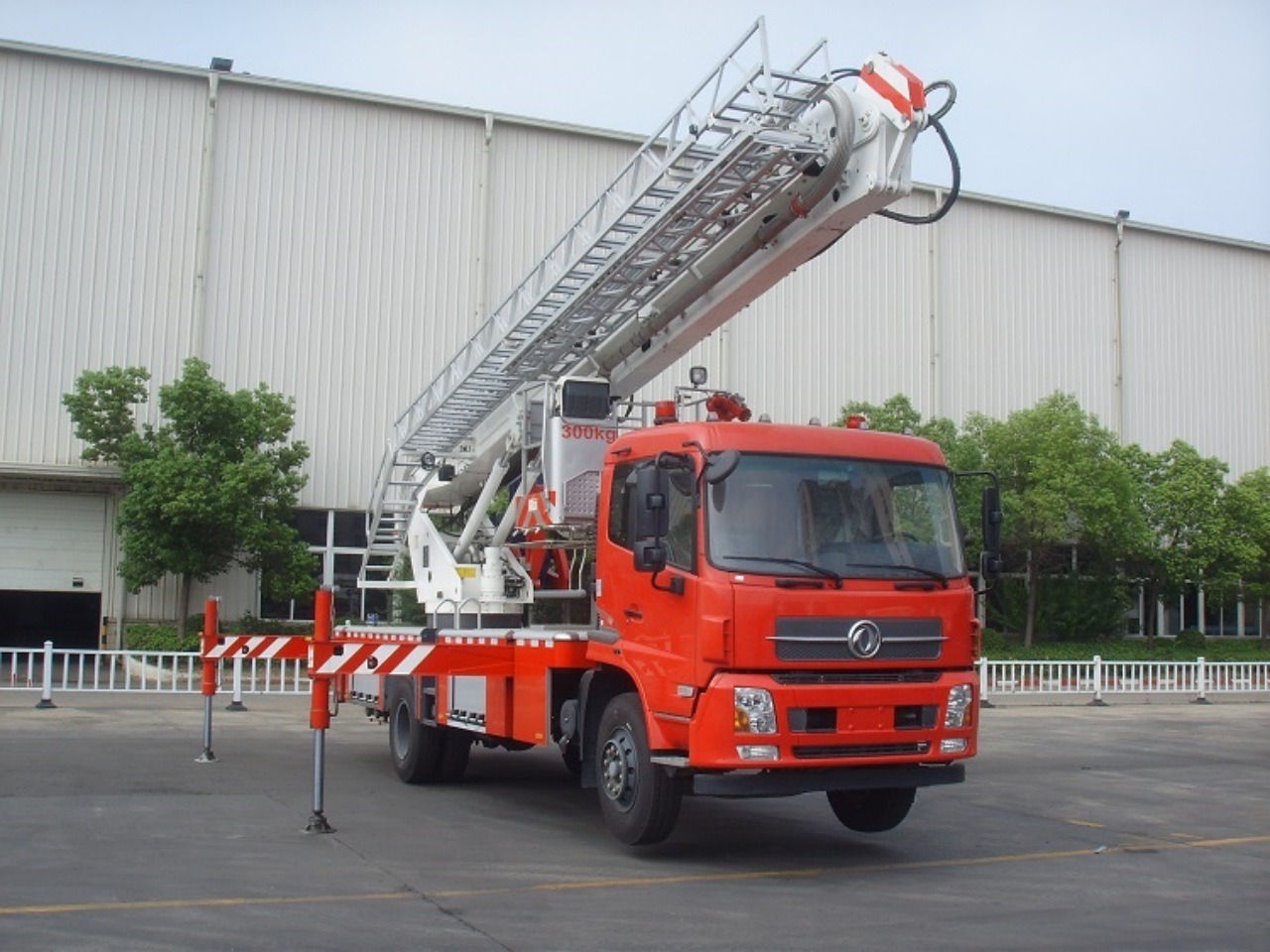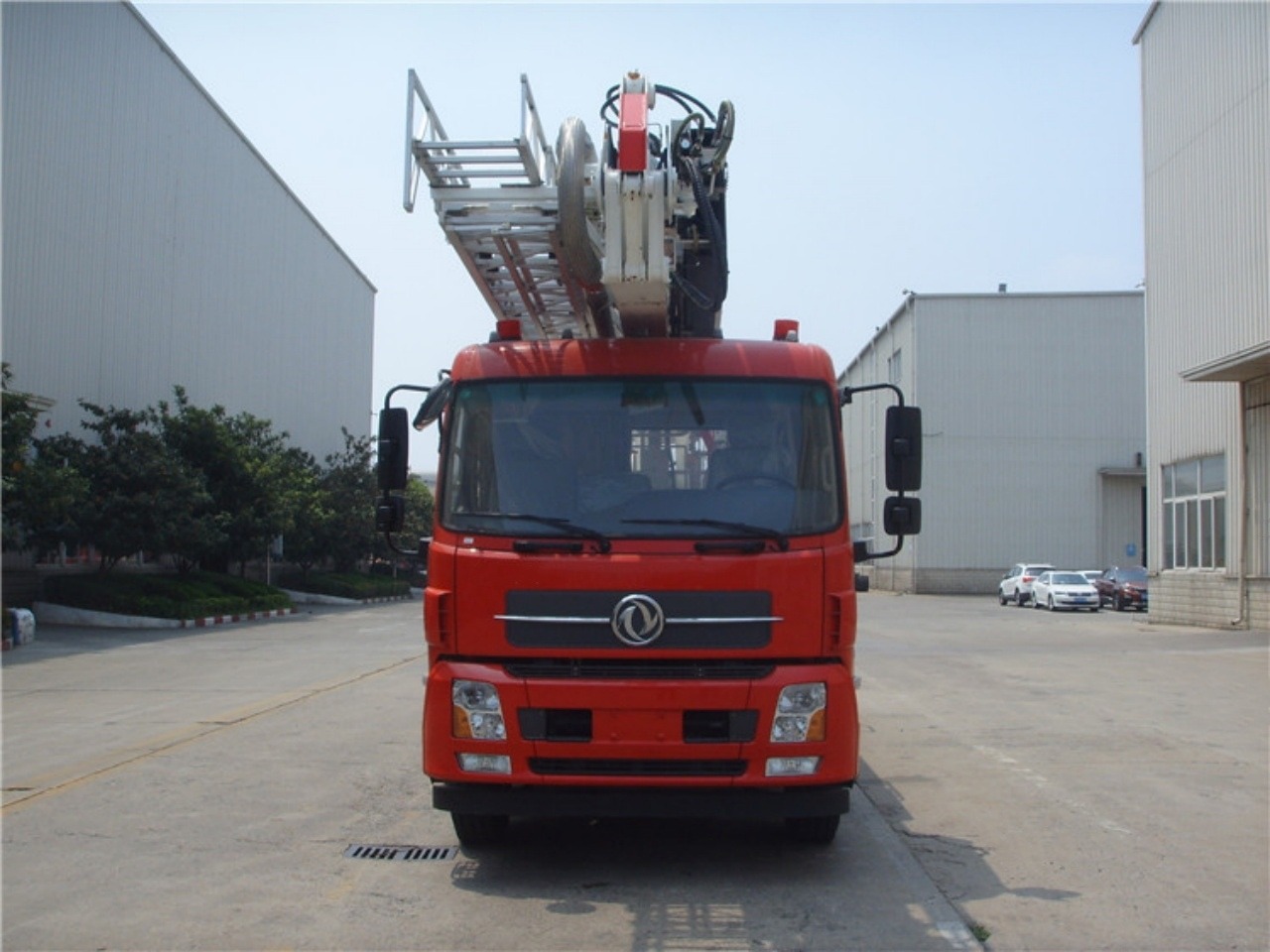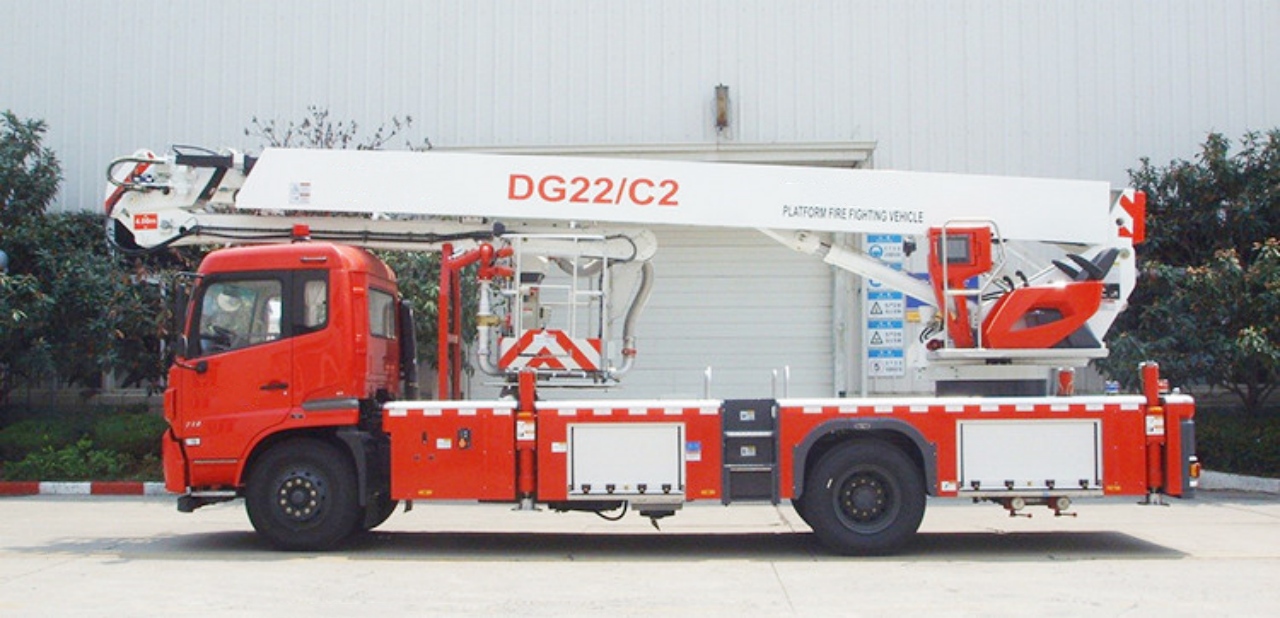The ladder truck is one of the most iconic vehicles in the fire service, a towering symbol of rescue, access, and bravery. It is an essential piece of equipment that helps firefighters reach heights, save lives, and battle fires in multi-story buildings. But how did the ladder truck come to be what it is today? The history of the ladder truck is a fascinating journey, blending innovation, necessity, and the constant evolution of firefighting techniques.
Early Firefighting and the Birth of the Ladder
Before the invention of specialized fire trucks, firefighters relied on very basic tools. In the earliest days, ladders were carried manually by fire brigades or transported on simple carts. These ladders were typically wooden, heavy, and cumbersome, requiring multiple firefighters to carry and position them at the scene of a fire.
During the 17th and 18th centuries, cities grew taller, and the limitations of manual ladders became obvious. The Great Fire of London in 1666, for example, showed how devastating fires could be when firefighters could not reach the upper floors of buildings. As urban areas expanded, so did the need for more effective firefighting equipment.
The first major innovation came with the invention of the “hook and ladder” system. In the 18th century, European fire brigades began using ladders mounted on wagons. These wagons could carry longer ladders and additional equipment, allowing firefighters to respond faster and more efficiently. Ladders also began to incorporate “hooks” that could be used to pull down walls or roofs to slow the spread of fire — hence the term “hook and ladder.”

The 19th Century: Horse-Drawn Ladder Trucks
The 19th century was a time of rapid industrialization, urbanization, and technological progress, and fire services evolved alongside these changes. As cities grew upward with taller buildings, the limitations of manual ladders became even more pressing.
Around the early 1800s, horse-drawn ladder wagons became common. These horse-drawn apparatuses could carry even larger ladders, which were often manually raised by teams of firefighters using pulleys and gears. One notable design from this era was the “extension ladder,” which could be extended upward in sections to reach greater heights.
The first known American patent for a fire ladder was issued to George W. Ellis in 1841, marking a significant step toward specialized fire apparatus. Ladder designs improved with new materials and mechanisms, but the process of raising and climbing these ladders was still labor-intensive.
Steam Power and Early Mechanization
Steam technology, which revolutionized many industries, also made an impact on firefighting. Steam-powered fire engines began to appear in the mid-1800s, and although these vehicles were primarily used to pump water, their success sparked interest in mechanizing other aspects of firefighting equipment, including ladder trucks.
Around the late 19th century, manufacturers began experimenting with mechanized systems to help raise ladders more quickly and safely. These improvements reduced the number of firefighters needed to operate the ladders and increased the speed at which they could be deployed at a fire scene.
However, horse-drawn ladder trucks remained dominant throughout most of the 19th century, especially in dense urban areas where speed was crucial.

The Advent of Motorized Ladder Trucks
The early 20th century brought about the most significant transformation: the motorized fire truck. By the 1910s, internal combustion engines replaced horses, and ladder trucks became faster, more powerful, and capable of carrying heavier and taller ladders.
One of the first motorized ladder trucks was introduced by the American LaFrance Fire Engine Company, a pioneer in the fire apparatus industry. In 1911, they built one of the first gasoline-powered aerial ladder trucks. This innovation radically changed firefighting capabilities, especially in rapidly growing cities like New York and Chicago.
Motorization allowed for the introduction of “aerial ladders” — ladders that could be mechanically extended and rotated using hydraulic or mechanical systems. The first aerial ladder trucks typically carried wooden ladders, but steel quickly became the material of choice, offering greater strength and durability.
Innovations in Ladder Truck Design
As the 20th century progressed, ladder trucks became increasingly sophisticated. Key innovations included:
- Aerial Ladders: Hydraulic systems replaced older mechanical cranks, allowing ladders to be raised, extended, and rotated with ease.
- Tiller Trucks: In larger cities with narrow streets, “tiller trucks” became popular. These are articulated trucks with a steering wheel at the rear, operated by a second firefighter (the tillerman), allowing incredible maneuverability.
- Platform or “Tower” Ladders: Introduced in the mid-20th century, platform ladders feature a large bucket or platform at the end of the ladder, allowing multiple firefighters to work safely at height and carry heavy equipment or evacuate people more easily.
- Quint Trucks: A modern blend of engine and ladder, “quintuple combination pumpers” (or quints) are capable of performing 5 functions: pump, water tank, fire hose, aerial ladder, and ground ladders. These versatile trucks are popular in smaller departments needing multifunctional vehicles.

Ladder Trucks Today
Today’s ladder trucks are marvels of engineering. They are equipped with computer-controlled stabilization systems, lightweight composite ladders, advanced hydraulic systems, and sophisticated communication equipment. Some aerial ladders can extend over 100 feet high and rotate 360 degrees, providing unmatched access and flexibility during firefighting operations.
Modern ladder trucks also carry a wide array of tools: Cutting torches, saws, medical equipment, ventilation fans, and heavy rescue gear. They serve not just for firefighting, but also for technical rescues, disaster response, and hazardous material incidents.
Fire departments around the world tailor their ladder trucks to their specific needs — urban, suburban, industrial, or rural — but the essential purpose remains the same: To provide access, rescue, and firefighting capabilities at elevated heights.
Conclusion
The history of the ladder truck is a story of continuous adaptation to the growing challenges of fire protection. From simple wooden ladders carried by hand, to horse-drawn wagons, to the powerful motorized aerial platforms of today, ladder trucks have evolved dramatically over the centuries.
Every advancement in ladder truck technology has been driven by the same fundamental mission: Saving lives and protecting property. As cities continue to grow and architecture evolves, so too will ladder trucks — continuing a proud tradition of innovation in the fire service.








